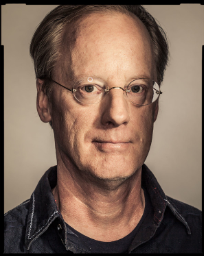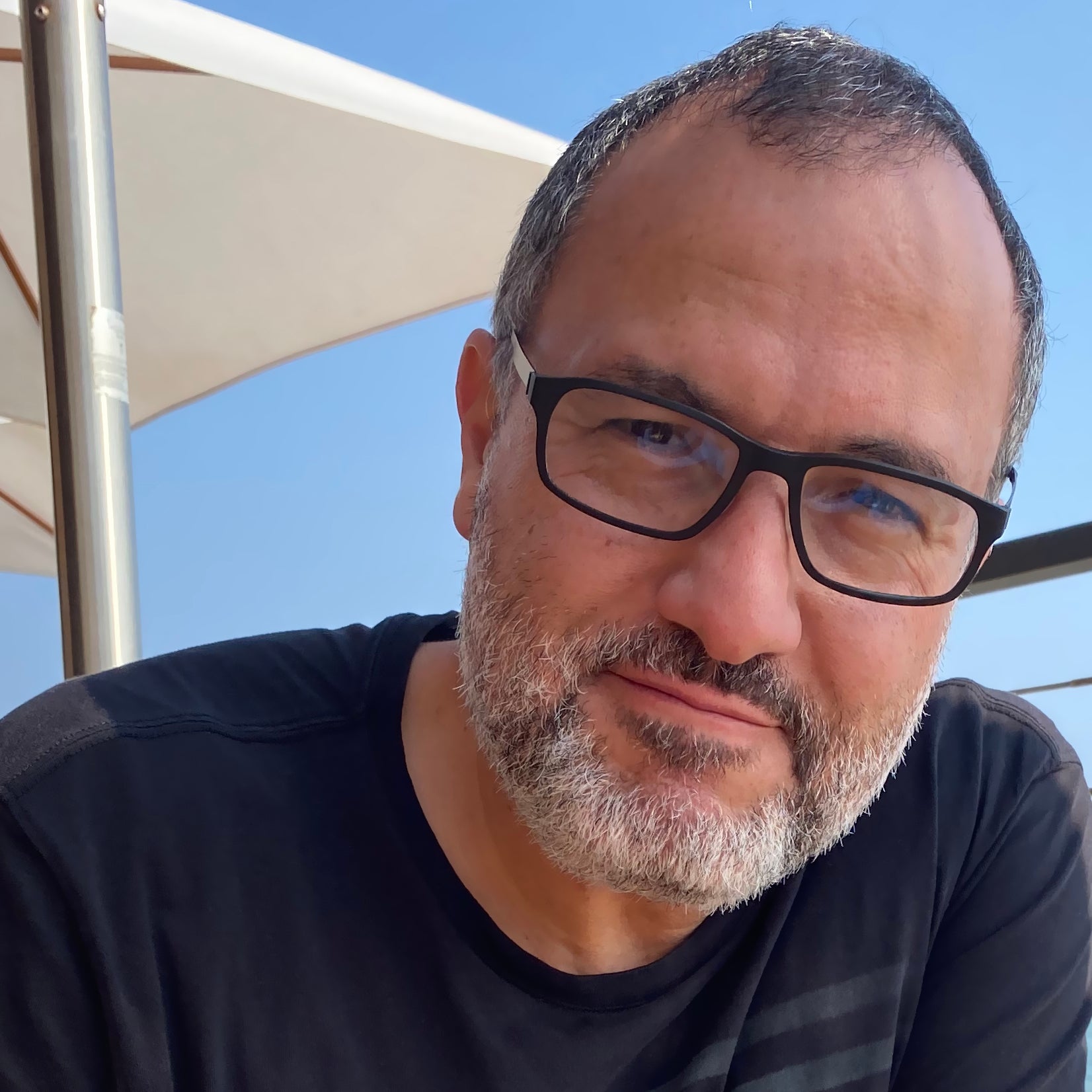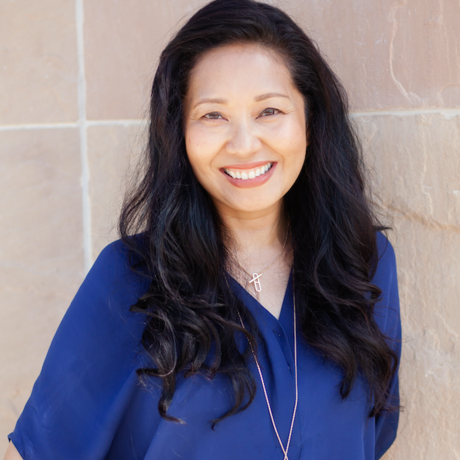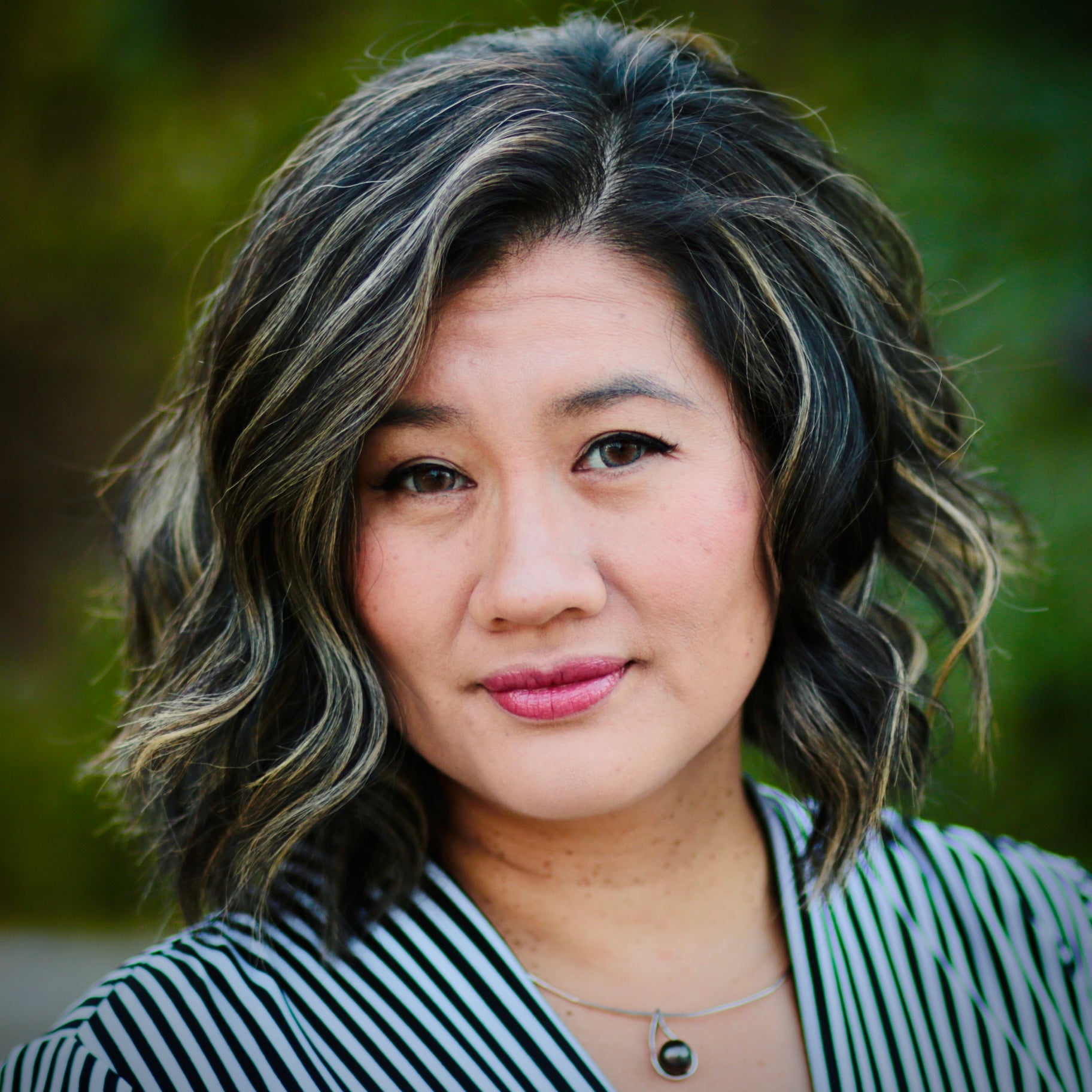
Cary Phillips
R&D Supervisor, Industrial Light & Magic
ASWF Technical Advisory Council Member
OpenEXR Project Chair
Tell us a bit about yourself – how did you get your start in visual effects and/or animation?
When I was a freshman in college at Johns Hopkins University in 1982, I went to a lecture by a chemical engineering professor who showed some graphs of a 3-dimensional function describing a chemical reaction. I didn’t care at all about the chemistry, but the images were beautiful, in the way that math can be beautiful. I asked to use his computer, and he said no, because it was really hard. He didn’t think I could do it, and he wouldn’t let just anybody use his computer. I found another professor, Joseph O’Rourke, in the computer science department, who became my advisor and mentor and introduced me to the world of computational geometry and computer graphics. I went to grad school at the University of Pennsylvania because I didn’t want to get a real job, eventually got a PhD in computer graphics and followed some friends to California to make TV commercials at Pacific Data Images. I then came to work at Industrial Light & Magic in 1994.
What was the first film or show you ever worked on? What was your role?
I started work on Dragonheart in 1994. Draco, voiced by Sean Connery, was the first realistic-looking talking CG character to have a starring role in a major film. I wrote the facial animation software, called “Caricature.” The VFX supervisor at the time, Alex Seiden, mocked up what he thought the interface should look like, with a face, a timeline, and sliders for expressions such as smile and wink, and it was obvious what to do. It was a time when there wasn’t really any 3D animation software that took full advantage of interactive graphics hardware. Caricature was one of the first animation systems that allowed animators to interact with a face in real-time while animating, something we take for granted 25 years later. Those were fun times.
What has been your favorite film or show to work on and why?
The Irishman, which we just finished. I was a part of the team that developed the “de-aging” technology that made Robert De Niro, Al Pacino, and Joe Pesci look younger in the flashback scenes. We worked on it for over 4 years. It was the most technically ambitious thing I’ve ever been a part of because there was such an incredibly high bar on the realism of the performances — iconic actors in a performance-driven film — and we weren’t allowed to use our usual bag of tricks like helmet-mounted cameras or dots on the face, we had to do it all through the primary camera rig. It was such a different project from the dinosaurs and superheroes and space epics that ILM does so often, it had to be completely invisible. It’s magic. And, it was such an awe-inspiring group of artists and engineers to work with. It is enormously satisfying to advance the state of the art, telling a story in a way that has never been possible before.
What do you work on currently?
I manage part of the R&D department at Industrial Light & Magic and supervise engineering teams developing technology for image-based capture, lighting and rendering, and “CG Pipeline,” which is the suite of tools that artists use to pass data from one discipline to another. I still occasionally write code, but mostly I manage people — really smart, hyper-creative people.
What do you like about open source software? What do you dislike?
Most of the open source software projects in the ASWF are foundational building blocks of the visual effects and animation tools all companies and studios depend on. Many of the software libraries we use define standards of data interchange. Our pipelines used to be littered with homebrew file formats and data structures, which is a huge waste of energy across the industry. Sharing open source software lets everybody concentrate on the really cool stuff.
Which open source projects are you involved in?
I’m the chair of the OpenEXR Technical Steering Committee.
What is your involvement within the Academy Software Foundation? Can you sum up your experience so far?
For the last few years, I have served on the Academy of Motion Picture Arts & Sciences’ Sci-Tech Council, which is the body that led to the development of the Academy Software Foundation, from the seed of an idea that representatives of the industry could come together to ensure the health of the building blocks we depend on.
Independent of that, Florian Kainz, Rod Bogart, and Drew Hess developed OpenEXR at ILM in the early 2000’s, with major contributions from Weta Digital and DreamWorks. A succession of other imaging experts at ILM helped maintain it over the years, Piotr Stanczyk and Ed Hanway in particular, then it passed to me. It was important for an ILM representative to shepherd OpenEXR into the Foundation, although the real work is done by people spread all over the world. Working with the steering committee is its own reward, it’s a great group of people.
What do you think is the biggest challenge facing open source developers/projects across the industry?
There are two different types of open source projects, or two distinct phases in the software lifecycle: projects that are actively seeking to address an unsolved problem for the industry, to get a toe-hold and get adopted; then there are mature projects that have already become essential, fundamental building blocks. The challenge for both is to drive consensus around the needs of the industry, but success often comes not by committee but by a small group of wise people who possess the right insight and inspiration. Mature projects face a different challenge and can be a harder sell to keep developers involved and retain the technical expertise to keep the software modern and healthy. It’s kind of like the difference between an athletic trainer and a gerontologist. The world needs both!
How do you think the Academy Software Foundation can help solve that challenge?
The best thing about the Foundation is how it brings people together who are otherwise fierce competitors. We’re all ambitious, and we’re all rightfully proud of the work that our respective studios bring to the big screen, we all want to impress each other creatively. But we’re able to check that competitive nature at the door when we get together, which is a great feeling. Gathering in the 7th floor board room at the Academy headquarters in Beverly Hills is a special experience, with the row of historic Oscars in the display case, just imagining all the cinematic icons who have passed through that room, it’s a great demonstration of the attention that the Academy can command.
What do you think is most important for the Academy Software Foundation to focus on in the next year?
Continuing to support open source projects. Continuing to elevate the profile of the people who contribute to the industry.
Where do you hope to see the Foundation in 5 years?
At the last Academy Software Foundation board meeting, Steve May from Pixar said, “It’s hard to believe that the Foundation hasn’t always existed.” It should continue to be a neutral forum that brings people together to discuss the issues of the industry. Not every problem has an obvious solution, but just having a forum for discussion is vital to the industry.
What advice would you offer other developers or software engineers interested in getting started with the Foundation?
Join the mail groups. Attend the meetings via video conference. Lurk in the back, but listen in and find a way to help out. It’s an incredibly open and inclusive group of people.
Calling all developers! If you are currently involved in the Academy Software Foundation or one of our projects and would like to be featured in “Behind the Screens,” please email us.



